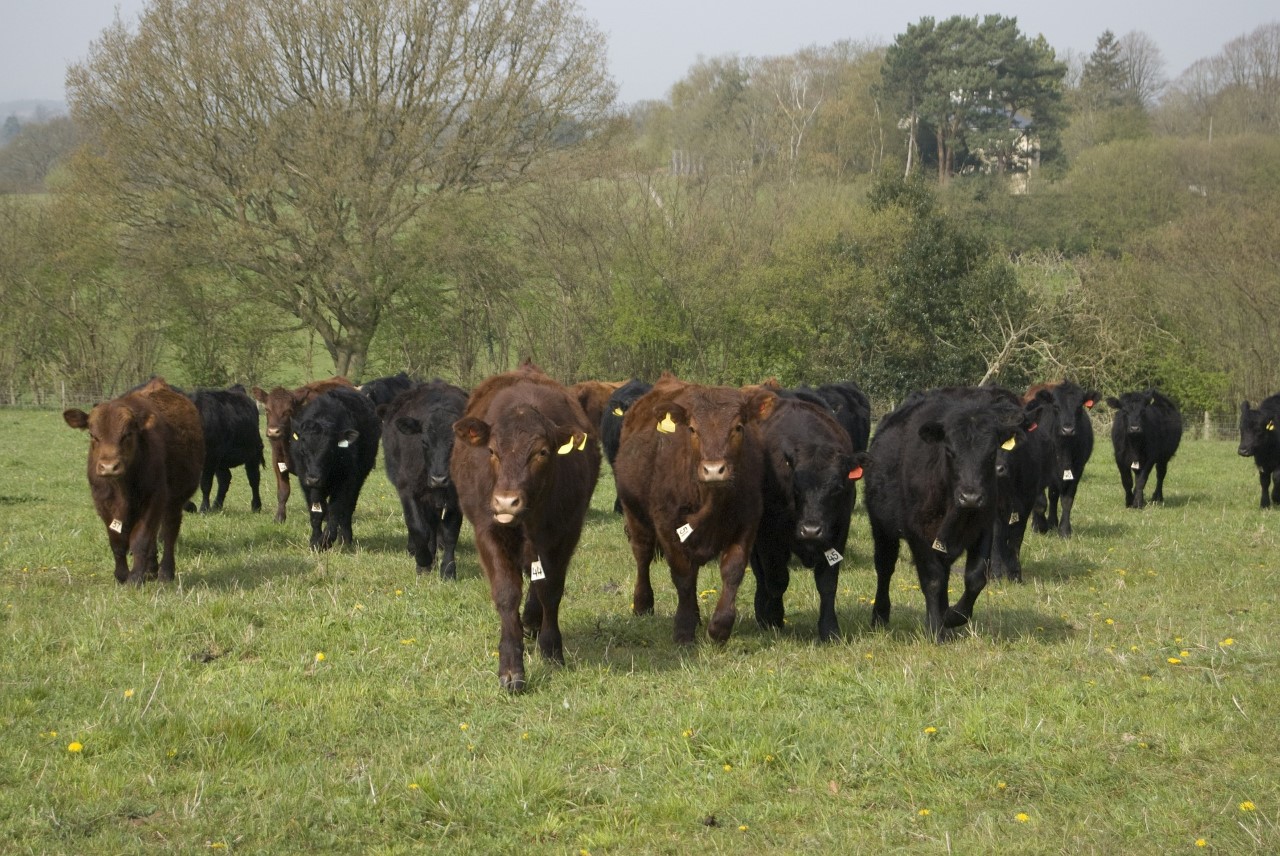



CHECS to change Johne's disease testing rules
Changes to Johne’s disease testing protocols which may affect subsequent herd Risk Levels have been announced by CHECS, which sets industry standards for cattle disease control across UK and Ireland.CHECS has confirmed the rule changes are aimed at increasing consistency and confidence in Johne’s disease test results. The changes will come into effect from 1 July 2021 across all CHECS-licenced health schemes and laboratories.

Previously, the CHECS rules allowed Johne’s disease blood test positive results to be followed up with confirmatory testing at the discretion of the health scheme. To increase consistency and efficacy, and reduce a possible source of variation between schemes, the new CHECS rules will:
- Limit confirmatory testing of blood test positive animals to herds with a seroprevalence of 2% or less (or one animal).
- Require all laboratories offering a CHECS-licensed cattle health scheme to participate in the same faecal Mycobacterium avium subspecies paratuberculosis (MAP) detection ring testing scheme (scheme to be agreed by the Board).
The first change on limiting confirmatory testing will be introduced from 1 July 2021. The specific ring testing to be used in the second change will be confirmed in due course, alongside a date from when this will be adopted.
It is acknowledged that the changes will make Risk Level 1 more challenging to achieve in the future for all cattle health scheme members, but it will also give more confidence in the low level of risk that this recognises.
Derbyshire cattle vet James Russell, who is a CHECS board member, said that all the CHECS cattle health schemes had been following the same rules for Johne’s disease testing, but it was the ambiguity in the CHECS wording that needed to be addressed.
“We are comfortable that while there were differences of opinion about the technical routes we could take to resolve this, the most important outcome was consistency, which we now have,” he said.
“As a result of this rule change, some farmers may find their Johne’s disease Risk Level score rises at the next test. However, this is just a ‘reset’ across all health schemes to make the Risk Levels more robust,” explained Mr Russell.
Keith Cutler, chair of the CHECS technical committee, welcomed the decision and said the rule change was in keeping with CHECS’s core objective of lowering the risk of disease.
He said: “It’s important we tighten up our wording and apply these changes in a consistent manner so those who rely on the test results can do so with full confidence.
“Risk Levels will go through a period of adjustment for everyone after 1 July, but the end result will be more rigorous Risk Level categorisation which will aid disease management, benefitting everyone,” he said.
Neil Shand, CEO of the National Beef Association, said the clarity would build confidence, help gain better control of Johne’s disease, and aid moves towards eradication.
“Consistency and reliability are critical given the higher prices paid for accredited low risk animals. The costs associated with introducing the disease to a herd, and the importance of the industry’s reputation over its management of Johne’s disease, cannot be overstated,” he said.
.jpg)
The existing CHECS rules also state that blood test positive animals (male or female) will be classified as high-risk animals and must not be sold for breeding. However, in the interests of introducing further rigour in Johne’s disease control, any calf to which they have given birth within the 12 months preceding the positive serological result and any calf born subsequent to the positive serological result, must also not be sold for breeding. This will also be with effect from 1 July.
CHECS has also confirmed it has started reviewing its protocols for testing for Johne’s disease through milk samples and will announce its conclusions in due course.
The CHECS technical documents detailing the approach taken to reducing or eliminating each disease in the CHECS "portfolio" are reviewed and updated annually. The revised technical document will be available on the CHECS website after 1 June 2021.


